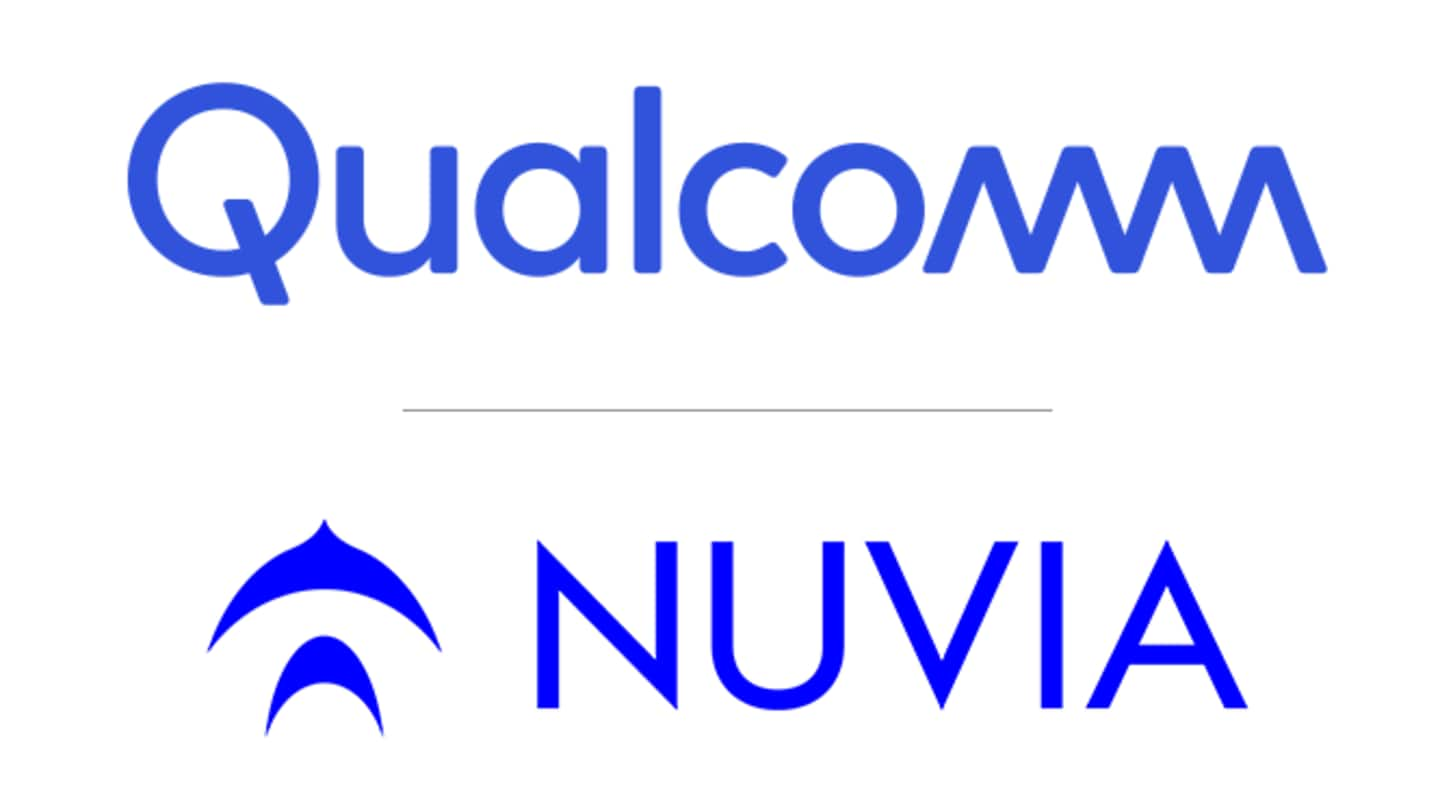
Qualcomm buys chip design firm founded by former Apple engineers
What's the story
Not long after Apple shook the computing space with it prodigious M1 chip, Qualcomm has lapped up a chip design firm founded two years ago by former Apple engineers. The deal was made for an eye-watering $1.4 billion, and gives the mobile chip maker access to NUVIA's expertise in developing next-generation CPUs tailored primarily for data center and mobile applications.
Apple DNA
NUVIA founders had worked on Apple's Bionic chips powering iPhones
NUVIA was founded by ex-Apple employees John Bruno, Manu Gulati, and Gerard Williams III, who worked on the Bionic series of mobile chips powering the iPhones. The founders have developed a combined total of 20 chips, while amassing more than 100 patents in the field. Qualcomm clearly aims to bridge the performance gap between Apple silicon and its own Snapdragon series of mobile chips.
5G connection
Qualcomm hopes to improve its 5G capabilities with the acquisition
Qualcomm's focus on improving its 5G capabilities is another reason behind spending $1.4 billion on a two-year old start-up with only a few hundred employees. The company intends to leverage their experience developing Apple silicon in the hopes of shoring up its upcoming 5G offerings with fresh engineering inputs. However, despite their prior expertise developing mobile chips, NUVIA is focused on data center solutions.
Eyeing enterprise
Qualcomm could be eyeing the burgeoning data center market
NUVIA's focus on data centers could have caught Qualcomm's attention. The enterprise space is dominated by X86 architecture, which tends to be quite power hungry. However, the ARM-based Apple M1 silicon's strides in performance-to-power-efficiency ratio makes this highly-efficient architecture perfect for data center applications, where physical size and power consumption is a major limitation. Qualcomm could be eyeing a slice of this burgeoning market.
ARM and leg
NUVIA had raised $240 million to design data center CPUs
Earlier last year, NUVIA had managed to raise $240 million for its data center endeavor. The funding helped the plucky start-up challenge X86-based enterprise CPUs by incumbents such as Intel and AMD with its push for ARM-based data center chips. NUVIA's enterprise focused Phoenix CPU core and Orion SoC could help Qualcomm gain a foothold in the emerging data center space.